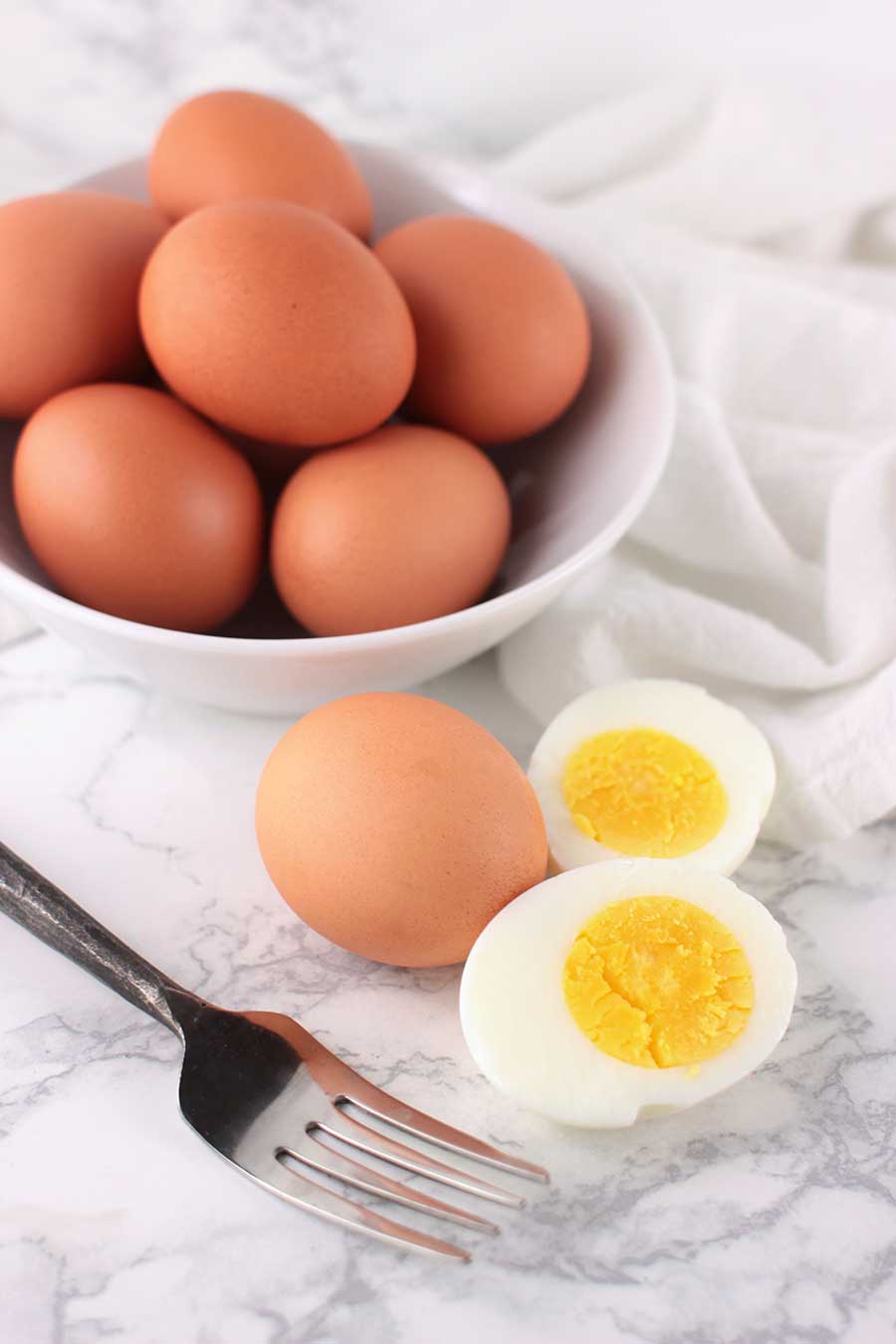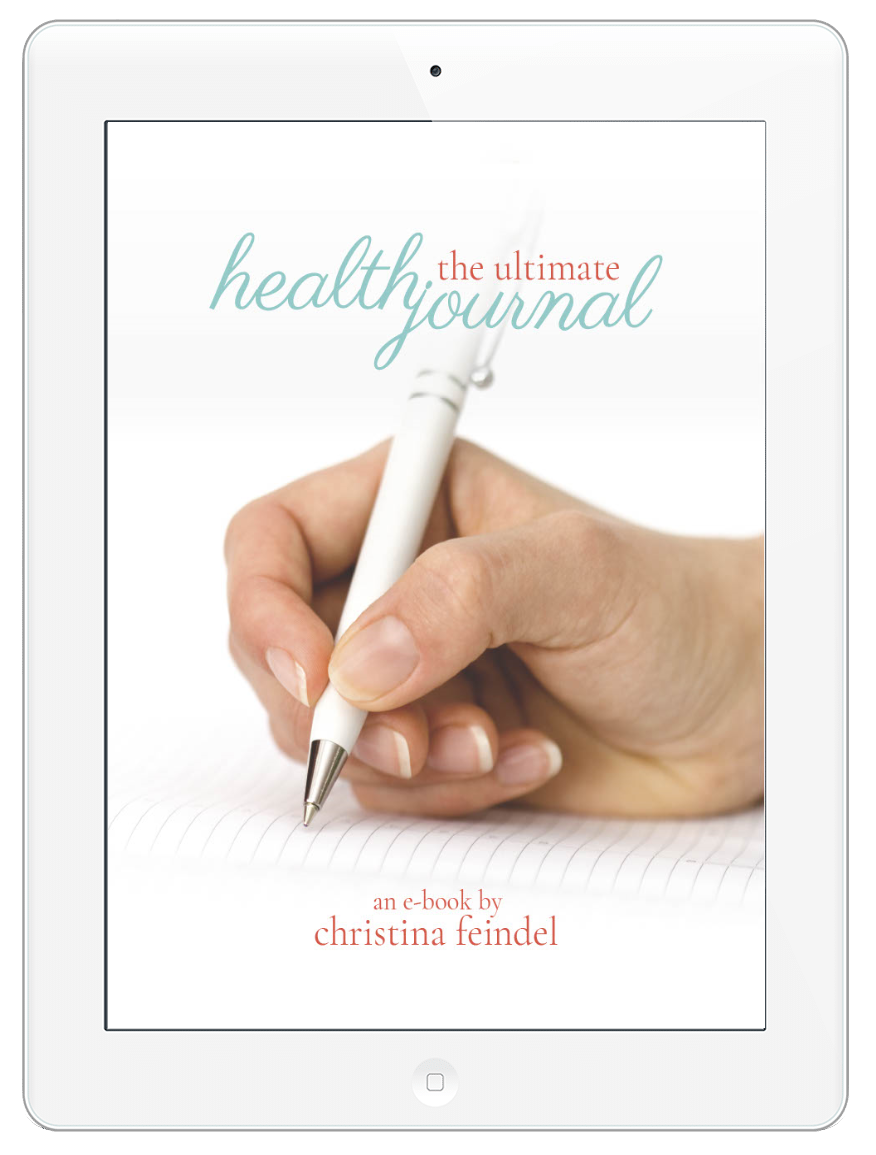Hard-Boiled Eggs

This post contains affiliate links. For more information, read my privacy policy.
I didn’t think eggs could get an easier than scrambled, but these hard-boiled eggs come pretty close! I’ve never had an egg crack or come out under- or over-cooked using this method. I find that peeling them under cool running water while still hot makes the shells come off just a little more easily, but it’s important to use fresher eggs. Now, most of us don’t get eggs straight from the chicken (though I highly recommend doing so if you can–keeping chickens can be incredibly rewarding). Instead, most of us get them from cartons at the grocery store and their sell-by date may be months after they were laid. So, how can you tell if an egg is fresh? Submerge it in water. If it floats or stands up on its narrower end, it’s old enough you should discard it. Eggs that sink and lie flat are fine.

Hard-Boiled Eggs
Ingredients
Equipment
Instructions
Stovetop
- Bring the water to a boil and add salt.
- Lower the eggs in slowly (I use a strainer) and boil for 30 seconds before adding the ice.
- Let the water return to a boil, then reduce the heat to a very low simmer.
- Cook for 11 minutes.
- Drain the water from the pot and peel the eggs under cold, running water.
Instant Pot
- Pour 1 cup of water into the pot and lay the steamer insert on top.
- Place your eggs on the steamer rack, close the lid, make sure the vent is sealed, and select Manual. Set the display to 8 minutes.
- When the eggs are done cooking, release the pressure valve and allow to completely vent before opening the lid. Transfer the eggs to the fridge to cool before eating.

